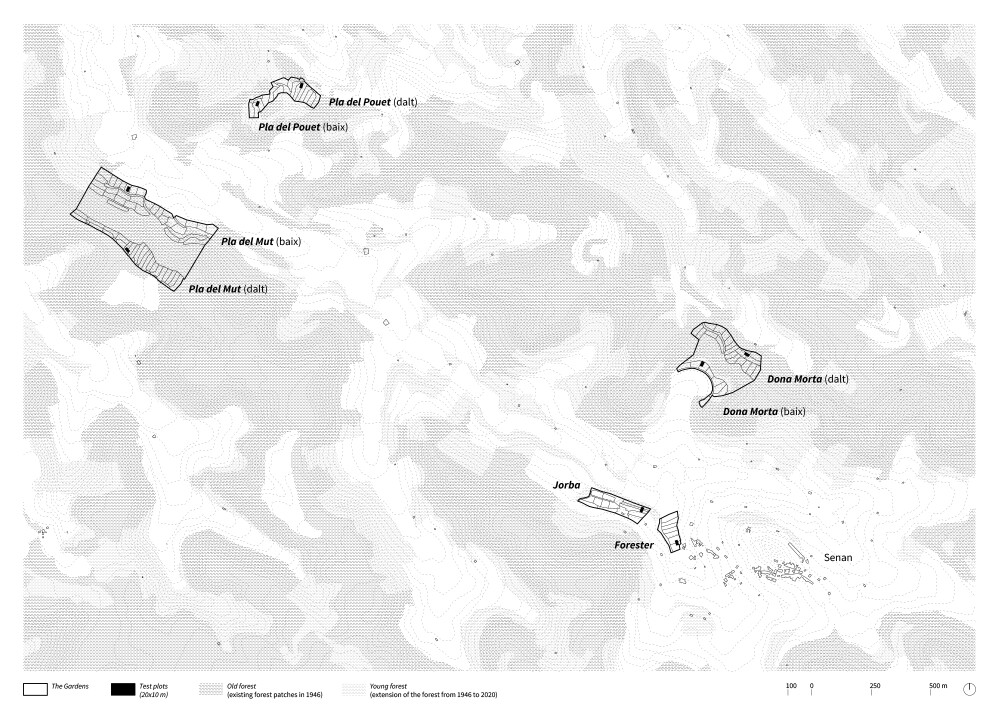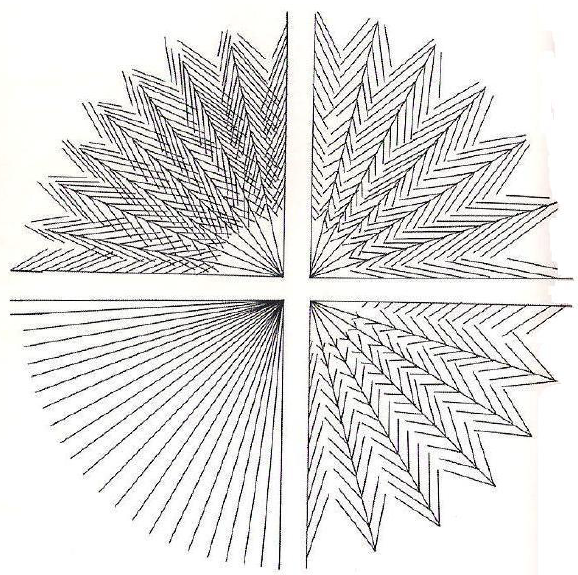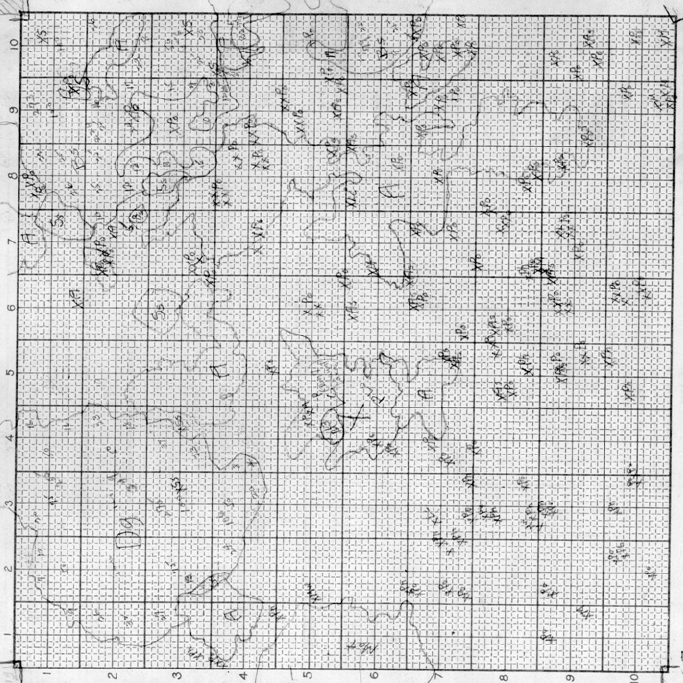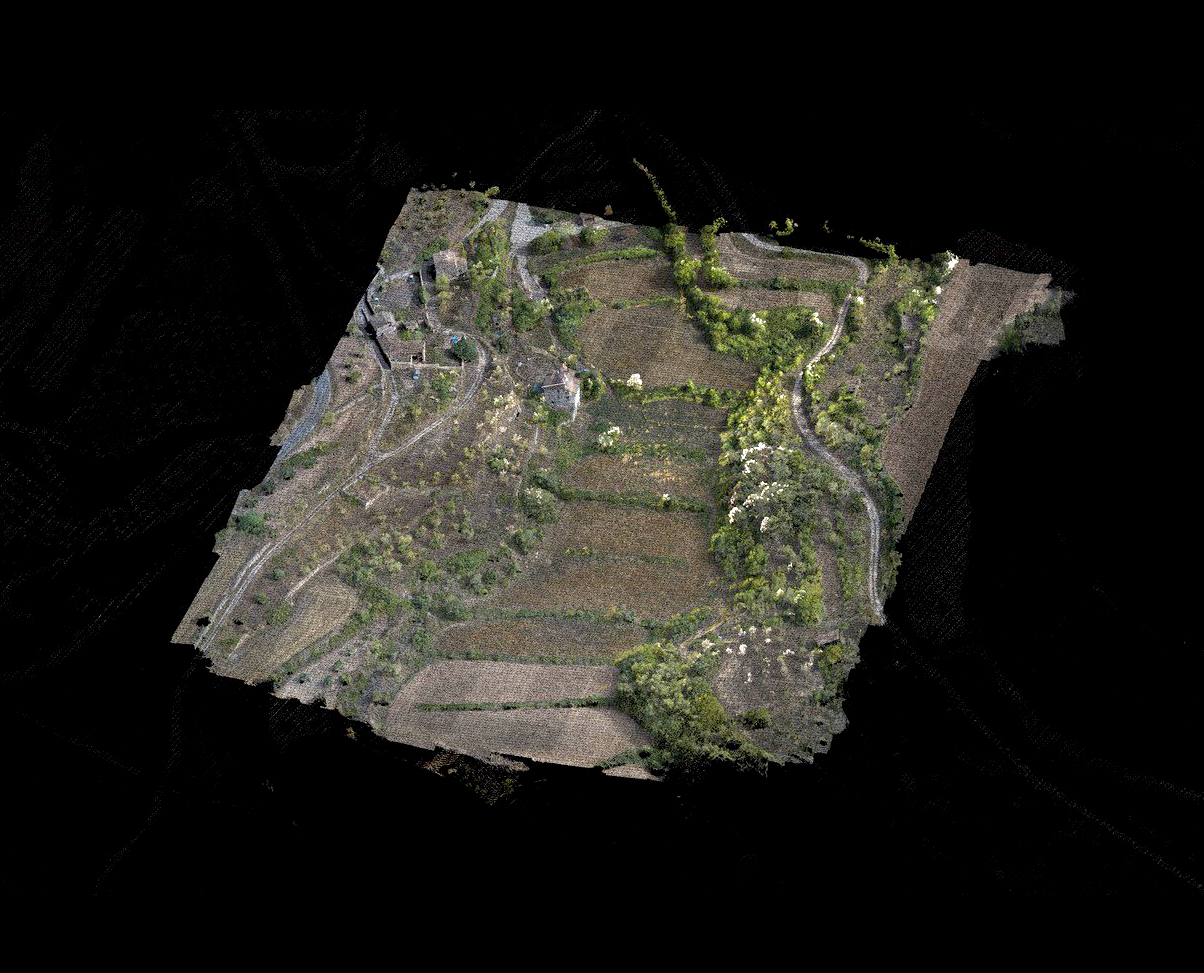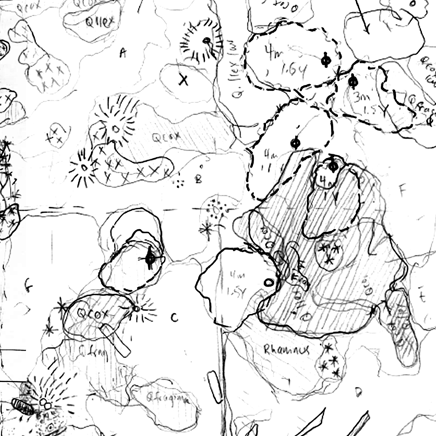
Fieldwork
By fieldwork, we mean documenting and translating the existing conditions of an environment around us to better understand its potentials for future transformations. The team may have specific hypotheses and research questions in mind that it wants to find answers to or may have simply the goal of observing an area and studying how it changes over time.
Fieldwork requires appropriate tools, methods and approaches. It has a very long tradition, and the team's research in the field draws on this legacy. At the same time, the rapid development of cutting-edge technology provides new opportunities for monitoring different environments. The garden of the XXI century is also an experimental field where traditional and new technologies can be experimented with. Thus, some methods can be performed only with high expertise and access to digital tools and laboratories, while others can be easily performed within a short time by anyone.
In general, the team wants to develop and test a shared collection of methods that is as accessible and easy to use as possible for everyone. The methods used so far circle around the topics of vegetation and soil. Among others, this includes vegetation surveys, forest monitoring, soil profiles, soil chromatography, soil laboratory analysis and a photo series. For every fieldwork method that is used in the garden of the XXI century, it is planned to develop a manual to be able to share the instructions. The team also constantly works on forms to best store, represent and display the fieldwork data collected.
In order not to get lost in the fields and forests of Senan, the team has defined a test plot of 10 x 20 meters for each garden, where the methods of fieldwork are applied. This total of 8 test plots are representative of the natural conditions of the surrounding area. Some methods require comparison to a control plot to evaluate the effects of management practices on the environments over time. These control plots are located outside the gardens and are not touched by us or the horses. This also implies that the methods are repeated at regular intervals. Some must be repeated every year, while others can be repeated every ten years.


